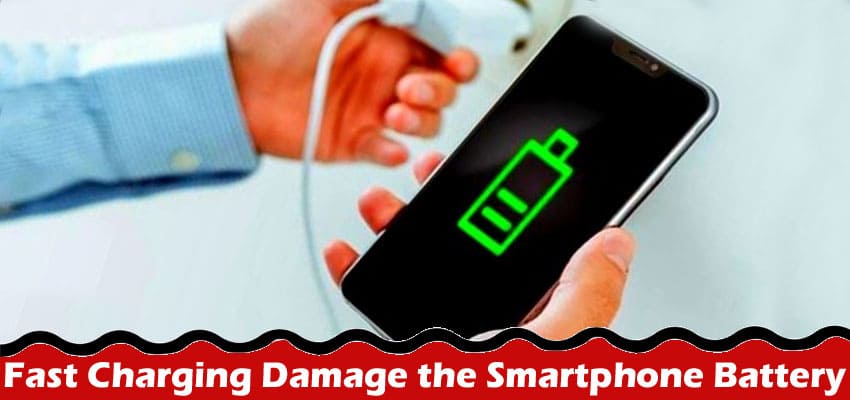The very first Android phone, the HTC Dream, would charge with 2.5 Watts of power. And it would take 2 hours to fill up a 1150mAh battery. For perspective, the latest Xiaomi 13 Pro comes with 120W charging that takes only 36 minutes to fill up a 4820mAh battery. As remarkable as this is, the rat race to shorten charging times can sometimes take its toll on the smartphone’s battery.
If you’d like to err on the side of caution, there are some tips you can follow. For example, if you have to download large files like games and 4K movies, you can download those during the day instead of leaving your phone plugged in overnight. Excessive charging can damage the battery capacity. We understand the reservation that limited bandwidth is available during the day because of an increased number of users.
Consider switching to CenturyLink because of its multiple speed options going all the way up to 940 Mbps, so you don’t have to wait to do anything. Contact CenturyLink customer service today to learn more about the pricing and plans.
How do cell phone batteries work?
Smartphone batteries are made of lithium and cobalt, two metals that are mined from the earth. One of these metals, Lithium wants to donate electrons, while Cobalt naturally wants to accept electrons. As per science, the electric charge flows from a higher potential to a lower potential. This means that the electrons flow from Lithium to Cobalt because of the charge difference.
Discharge process
So, what happens is that electrons leave the Lithium, travel through the circuits of the phone, power up different components, and reach Cobalt. This continues until the potential difference is almost non-existent and the flow of electrons stops and our phone dies out.
Recharge process
To recharge the battery, we use a charger that applies its power to force the electrons to leave Cobalt and go back to Lithium. This process continues until lithium cannot take any more electrons and that is when we see that the battery is at 100% charge.
Lithium-ion batteries
As smartphones have become very power-hungry nowadays, having two sheets of these metals doesn’t cut it. Manufacturers insert multiple Lithium and Cobalt sheets separated by the graphite electrolyte to keep the charges separate and enclose it inside a protective layer with some additional circuitry to prevent short-circuit and overcharging. Admittedly, this is an oversimplification of the process, and there are many other components and factors involved, but the working principle stays the same.
Why do they lose capacity over time?
You might be wondering if the charging process is as easy as it sounds, why do our phone batteries tend to lose capacity over time? Well, it’s a chemical process, and sometimes chemical processes also yield smaller by-products. These products are bound to be formed as a result of the process but are of limited use.
In a Lithium-ion battery, the electrons and the incoming Lithium ions react with each other to form Solid=Electrolyte Interphase (SEI) that just stays inside the battery and takes up some space. This keeps happening until there’s enough buildup to effectively reduce the metal area and therefore reduce the battery capacity.
Another reason is when you completely discharge your phone’s battery, it can cause too much Lithium to migrate to the Cobalt side. This causes an irreversible generation of Lithium Oxide and Cobalt II Oxide and therefore reduces the amount of Lithium and Cobalt to store the charge.
How do phones cope with the lost capacity?
Since a phone charger applies power to transfer the electrons back to Lithium, this process can strain the battery. You might have experienced your smartphone getting hot at times under load or when present in a hot environment.
Smartphones nowadays including gaming phones come with advanced cooling mechanisms and fans to keep the temperature as low as possible. Moreover, they come with adaptive learning features to hold off charging when you don’t need the phone.
How does fast charging work?
So, fast charging happens in multiple phases and the power going into the battery is not the same at all times. For example, a lot of power is being put into the battery when the phone is empty because it can take all this power. As your phone continues to charge, the rate of power going into the battery keeps decreasing.
The reason why some people consider it bad is because it generates too much heat as all the power is being forced into the battery. If your phone is already hot or you live in a hot environment, and you use fast charging, your battery is likely to take a hit.
Conclusion – Should you use fast charging?
As the famous YouTube tech reviewer, Marquees Brown, says, there is not enough data available to support the phone manufacturers’ claims that it doesn’t harm the battery. Ideally, you should always keep the charge in the middle and never use it to death. You can keep fast charging for when you quickly need to top up. This way you can maximize your battery life and continue to use your phone for longer.


